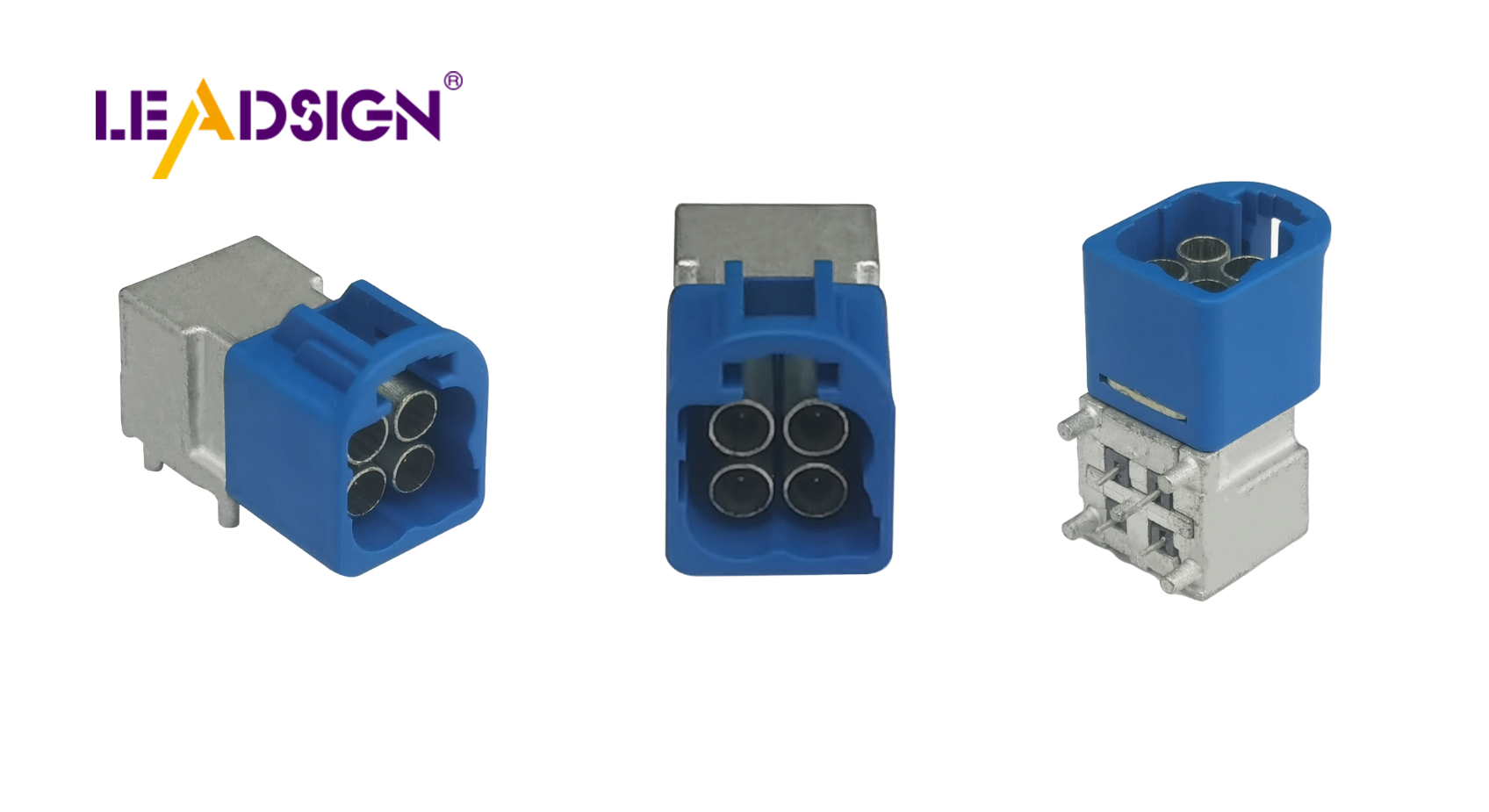Identifying and Replacing Automotive Wiring Connector Types

It's important to know automotive electrical connectors types. These small parts keep your car safe and working. Using the wrong connectors in airbags or engines can cause big problems. The hard part? Finding and changing these connectors isn't easy. They come in many shapes, colors, and pin numbers, which makes it hard to match them correctly. But don't worry, learning about these differences helps you do the job well. It also keeps your car running smoothly.
Finding Car Connectors
When working with car connectors, you must know how to spot them. This part will help you learn.
Counting Pins
Why pin count matters
Pin numbers are important for finding car connectors. Each connector has a set number of pins. This helps you know what it does and if it fits. More pins usually mean harder jobs, like in engines. Knowing the pin number helps pick the right one for your car.
How to count pins right
To count pins well, look closely at the connector. Check all spots, even empty ones. Missing a pin can cause mistakes. A magnifying glass or flashlight can help see better. Once counted, match with maker's info or online details.
Understanding Shapes
Common shapes and their uses
Car connectors come in different shapes like rectangles, circles, and squares. These shapes show what they do, like giving power or sending signals. Knowing these shapes helps understand their job in your car.
Tips for telling similar shapes apart
Telling similar shapes apart is hard. Look at small things like size or pin layout. Compare with pictures from manuals or online sites to avoid mix-ups and choose right.
Checking Colors
How colors help find connectors
Colors are key in spotting car connectors. Makers use colors to show what they do or voltage levels. Red might mean power; blue could be signals. Knowing color codes quickly shows what a connector does.
Learning maker's color plans
Different makers have special color plans for connectors. To understand these, check your car's manual or maker's website for info on color codes used in your car to find and change connectors easily.
Thinking About Your Car
When finding automotive electrical connectors types, your car's brand and model matter a lot. Each car might use different connectors, even if they do the same thing. So, you must focus on your car's details.
Why Make and Model Matter
Your car's brand can change what connectors are used. A Ford connector might not fit in a Toyota, even if they look alike. Makers design automotive electrical connectors types for special needs like power or weather. Knowing your car helps avoid mistakes and gets the right connector.
Why it matters: Cars have unique designs. A good connector in one car might not work in another. This is why knowing your car's make and model is important.
What to do: Check your car manual or ask a pro to find the right connector type.
Using Manuals and Online Help
Car manuals help find automotive electrical connectors types. They give details about the connectors in your car. No manual? Don't worry! The internet has lots of info.
Manuals: They have diagrams that show the right connectors. Look for parts about the wiring system.
Online resources: Car websites and forums have useful tips. You can see pictures and read about others' experiences to find the right connectors.
"Automotive power connectors are made to handle tough conditions." Knowing what your vehicle needs helps pick the right connector.
Finding New Connectors
Replacing car connectors can be tricky. But don't worry, there are ways to make it easier.
Asking Makers
How to ask makers for new parts
First, contact the makers. They know their stuff and can help you find the right connectors. Check their websites for phone numbers or emails. When you talk to them, have your car's brand, model, and connector info ready. This helps them help you better.
Why OEM parts are good
OEM parts are a smart pick. They match the ones in your car and keep it working well. OEM parts often come with warranties too, which is nice. They might cost more but save trouble later.
Using Pictures
Tips for finding connectors with pictures
Pictures can really help find car connectors. Take clear photos of the connector you need to change. Use good light and take from different sides. Upload these pictures online to search engines or special sites. This way helps find similar connectors fast.
Tools and sites that help
Many tools and sites can help you out. Websites like DigiKey let you filter searches easily. Google Images works for wider searches too. Car forums and groups online give tips and advice from people who know cars well.
Trying Other Ideas
3D printing custom connectors overview
3D printing is a cool way to make custom car connectors if needed ones aren't found easily. You can design one that fits just right but need a 3D printer and some skills.
Good and bad of aftermarket connectors are another choice
Aftermarket connectors are another choice; they're cheaper than OEM ones sometimes but may not fit as well or last long as originals do so think about what's best before choosing them especially for important parts in your car where sticking with OEM might be safer.
First, count the pins on the connector. Look at its shape and color too. These details help find a match. Write down connector types and where you got them. This helps next time you need one. If confused, ask an expert for help. They can guide you to the right connector. A good connection keeps your car safe and working well.
See Also
Understanding HSD Connectors Essential for Automotive Applications
A Comprehensive Overview of Ford Fakra Connectors
Why Fakra Connectors Matter for Today's Vehicles
Enhancing Data Transmission in Cars with Advanced Connectors

